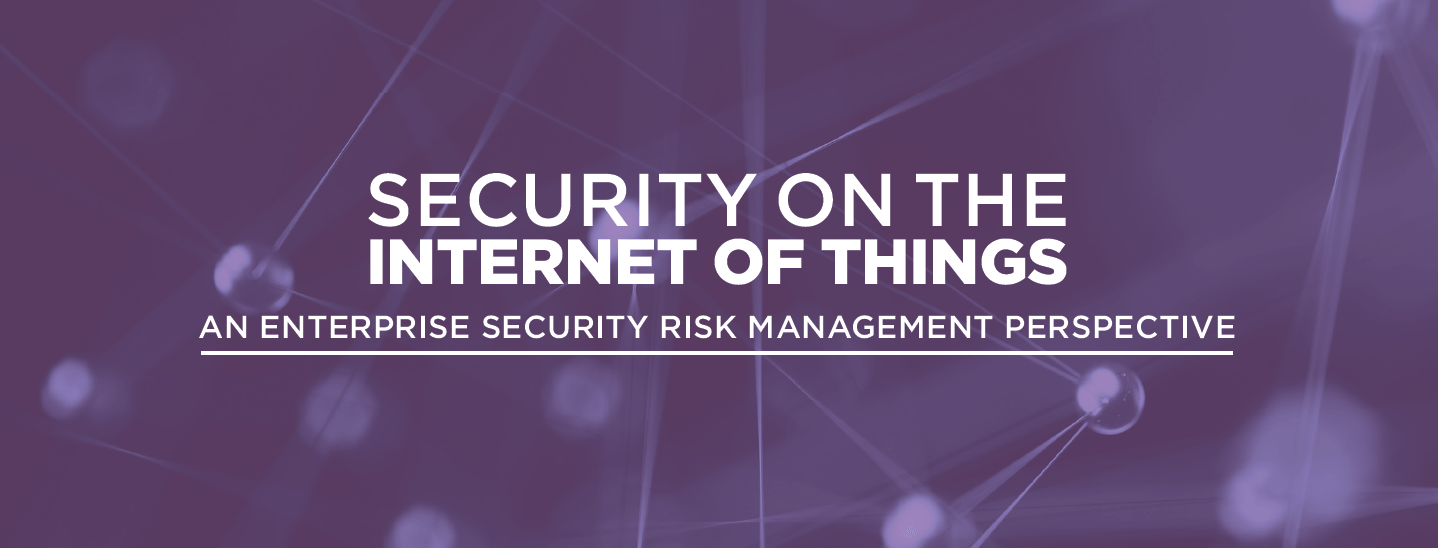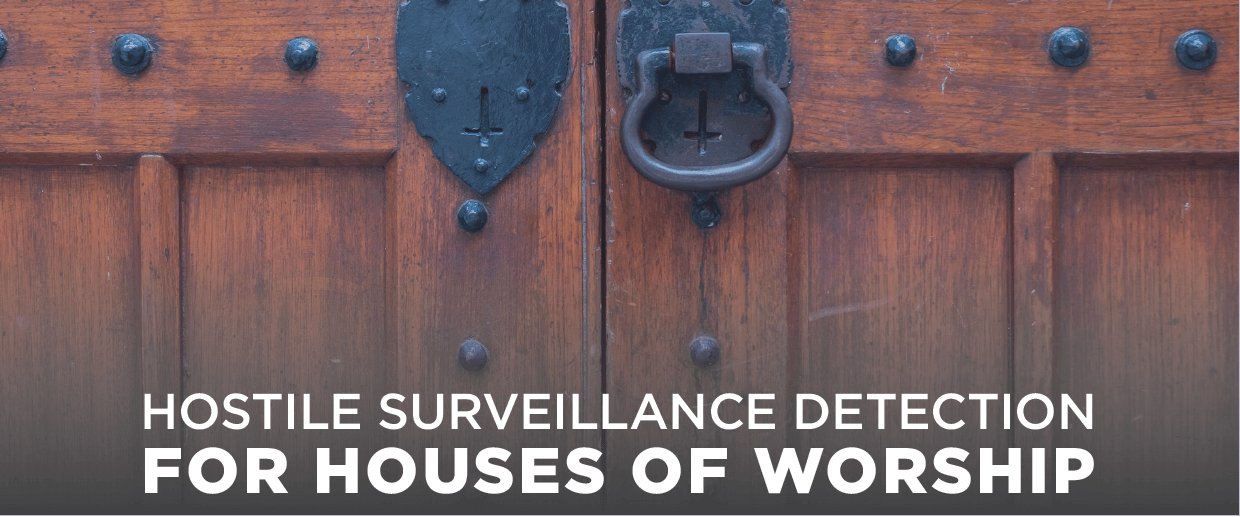On the heels of the release of the Foundation research on securing archaeological sites, two ASIS Councils have developed resources for pressing topics in the world of security: The Internet of Things (IoT) and houses of worship security. These topics, commonplace in today’s media, epitomize the work of our councils to provide guidance to the profession globally on trending and forward-looking issues.
IoT Security
 The Internet of Things (IoT) is creating significant changes across almost every industry, including security. “Security on the Internet of Things: An ESRM Perspective,” produced by the IT Security Council, looks at the IoT and some of the risks it introduces for security professionals to consider as part of managing enterprise security risk.
The Internet of Things (IoT) is creating significant changes across almost every industry, including security. “Security on the Internet of Things: An ESRM Perspective,” produced by the IT Security Council, looks at the IoT and some of the risks it introduces for security professionals to consider as part of managing enterprise security risk.
The idea behind the IoT is that we have come to expect our technology to be readily accessible from anywhere via any interface we choose. We want to start our cars from our phone, lock our front door from our computer, or turn on the crock pot from a tablet. To do that, all those devices must be able to communicate with us, with the outside world, and with each other.
According to the paper, “The uses of the IoT to build this Smart World are convenient and bring a new level of mobile management to every aspect of consumer and business activities. However, the IoT brings with it, not just convenient access for users of the things, but also convenient access for those wanting to exploit those things. More access points provide more opportunities for attackers to get in. More communication provides more online traffic to siphon information from. More control provides more ability to hijack that control.”
Hostile Surveillance Detection
 Terrorists often gather significant pieces of information from open sources such as Google Maps and social media postings. They collect a lot of data about their target of interest and eventually they will conduct physical surveillance. Physical surveillance allows them to study the location, focusing on how they will attack, how they will escape, when will the attack will create the most devastation, and what is the most effective form of attack.
Terrorists often gather significant pieces of information from open sources such as Google Maps and social media postings. They collect a lot of data about their target of interest and eventually they will conduct physical surveillance. Physical surveillance allows them to study the location, focusing on how they will attack, how they will escape, when will the attack will create the most devastation, and what is the most effective form of attack.
So, how do you know if someone is watching your facility?
“Hostile Surveillance Detection for Houses of Worship”, produced by the Cultural Properties Council, provides tips on what to look out for and actionable steps to take to identify and counter surveillance detection of a facility, including a description of Red Zones and Green Zones and how they affect security procedures. Although the practices in the paper are tailored to houses of worship, the document serves as a valuable guide for all facilities, especially soft targets, when trying to understand, identify, and mitigate hostile surveillance.
“The more preventive measures (target hardening) we can implement,” the document states, “the safer our facilities will be, thereby protecting our people, places, and programs."